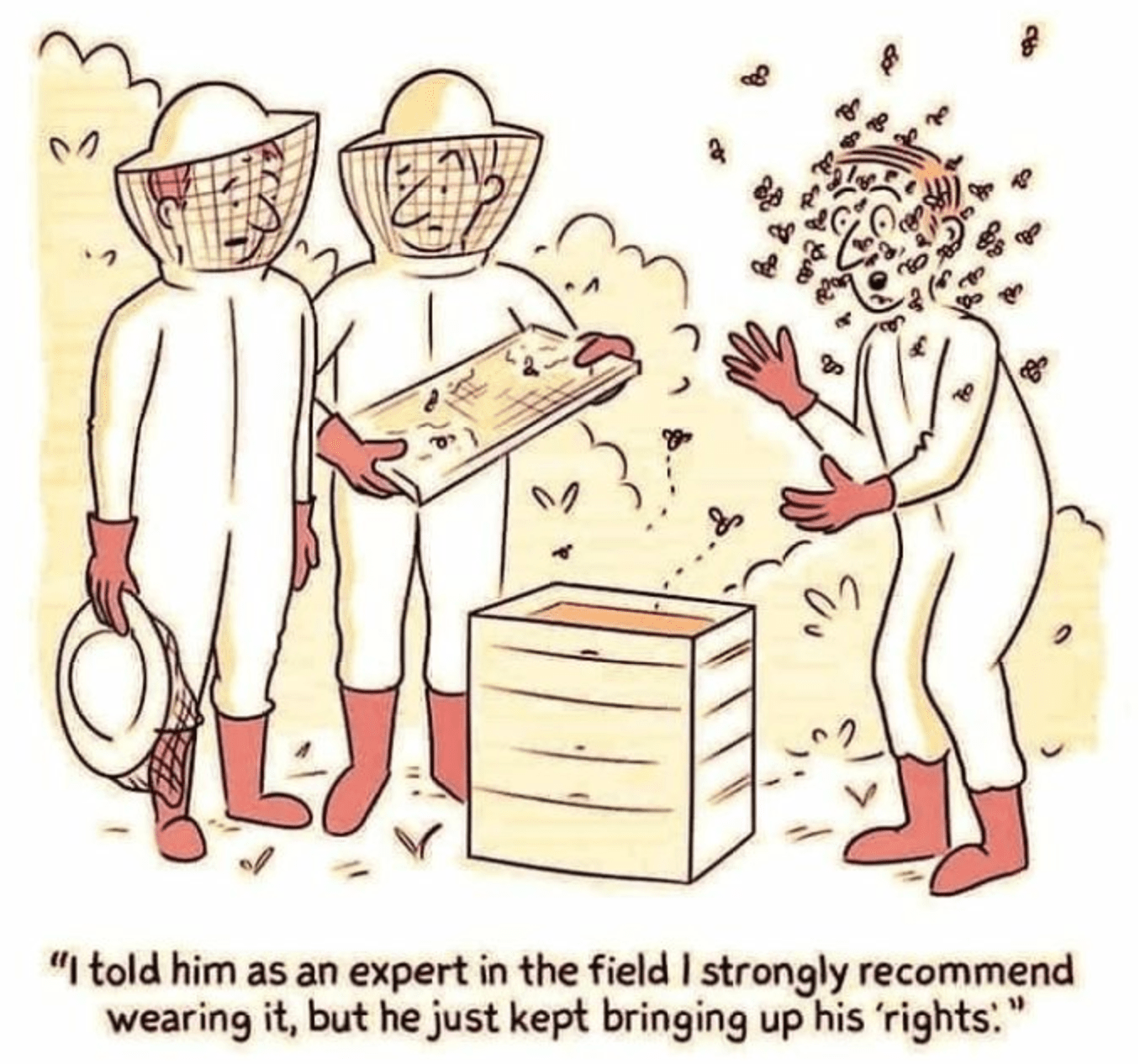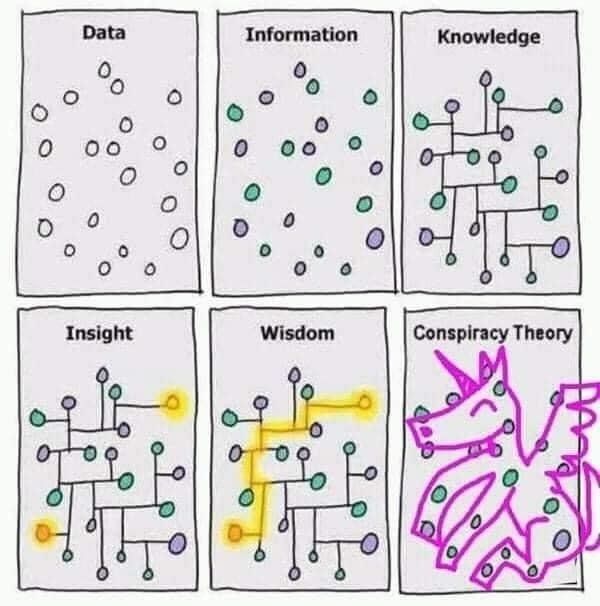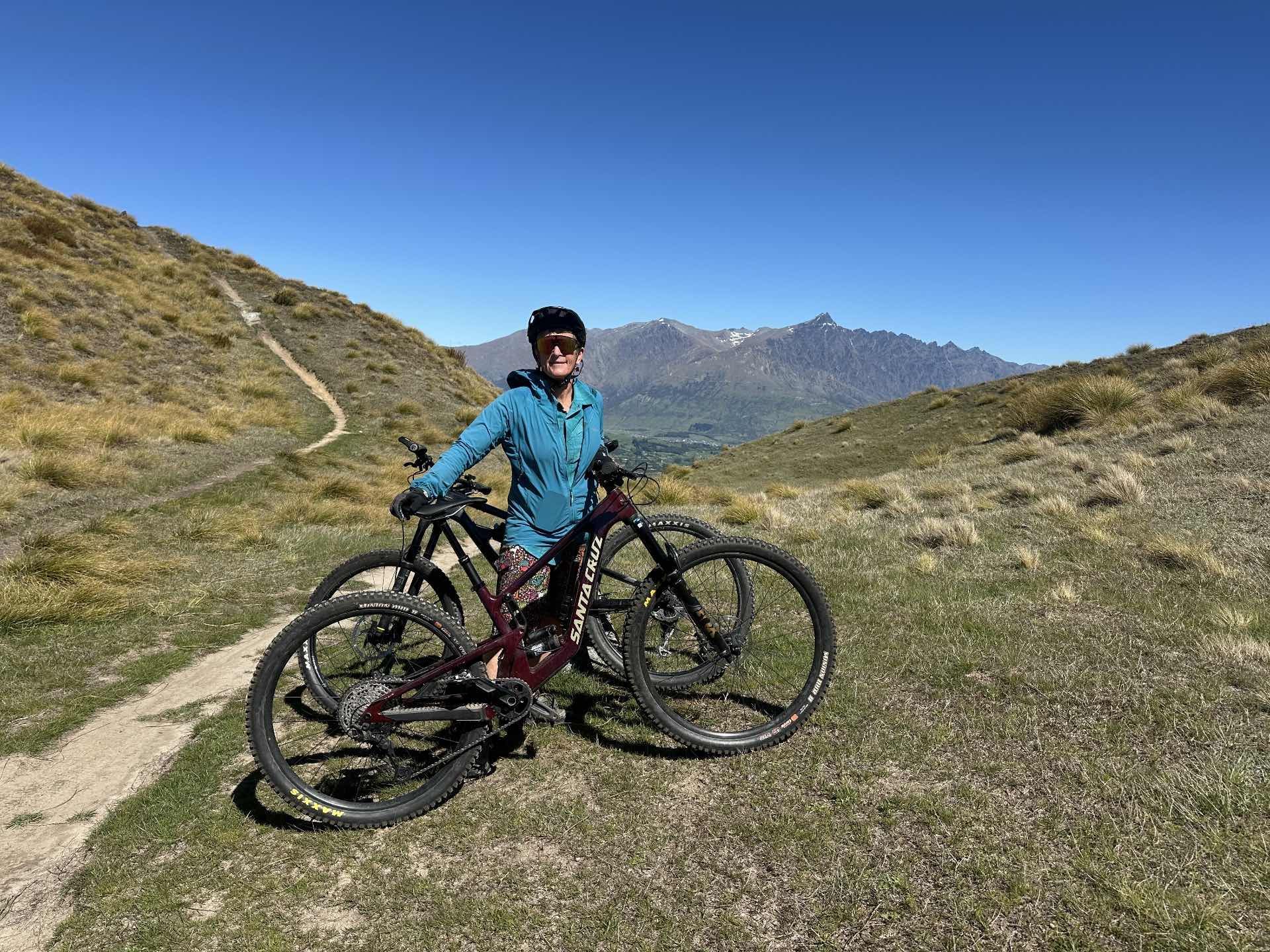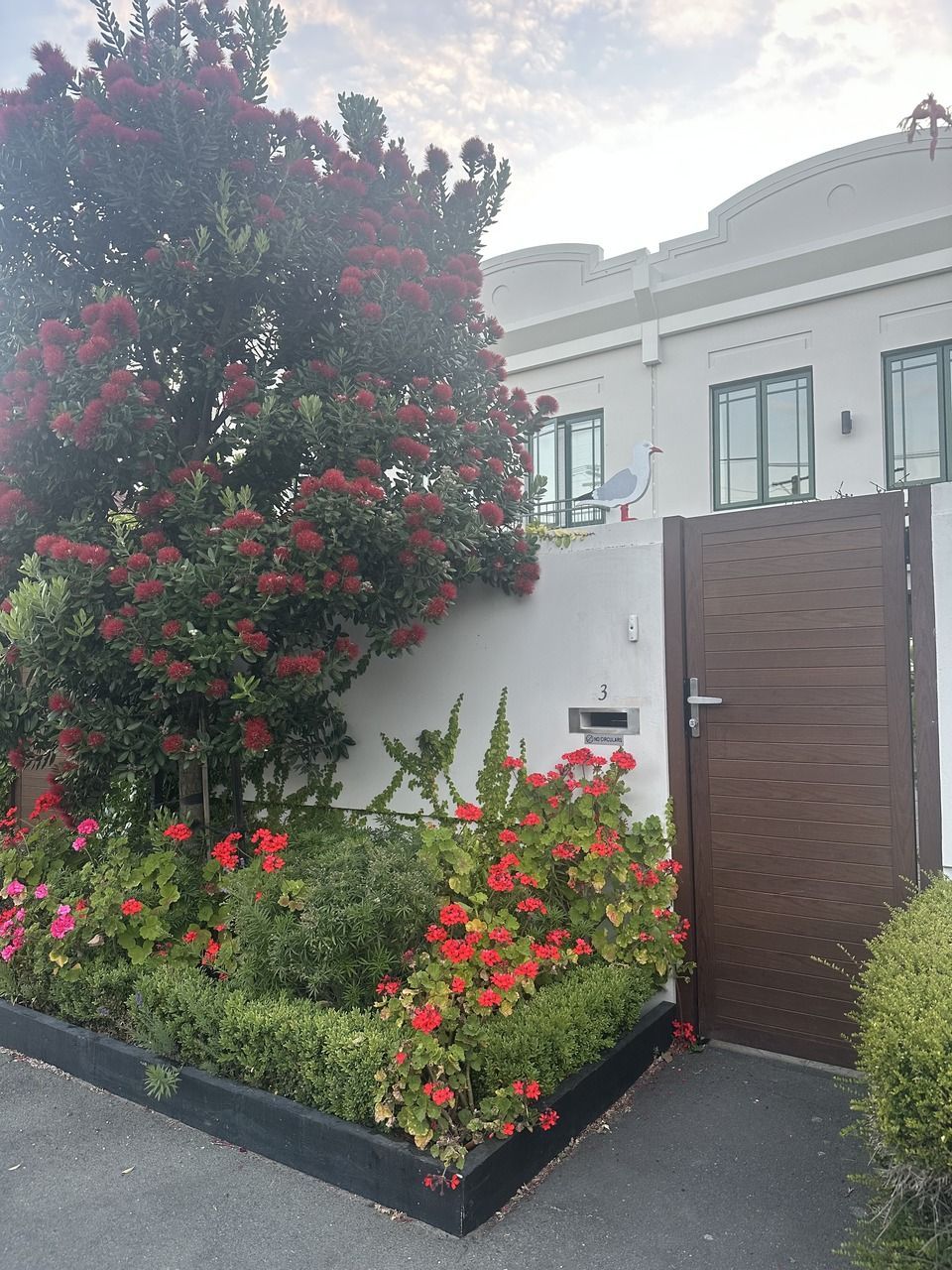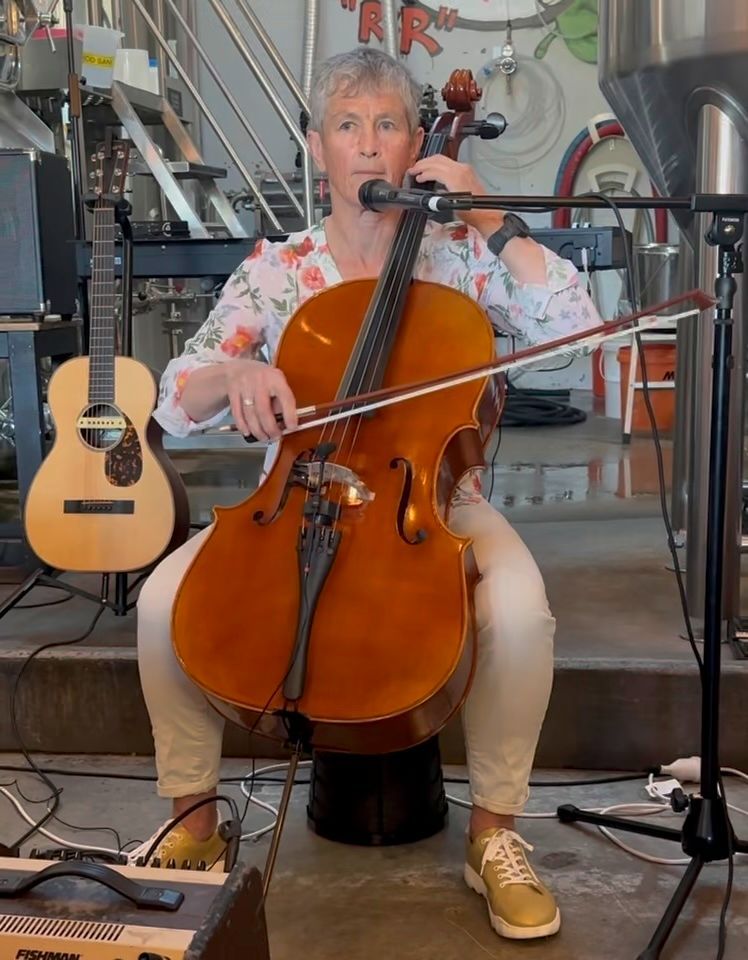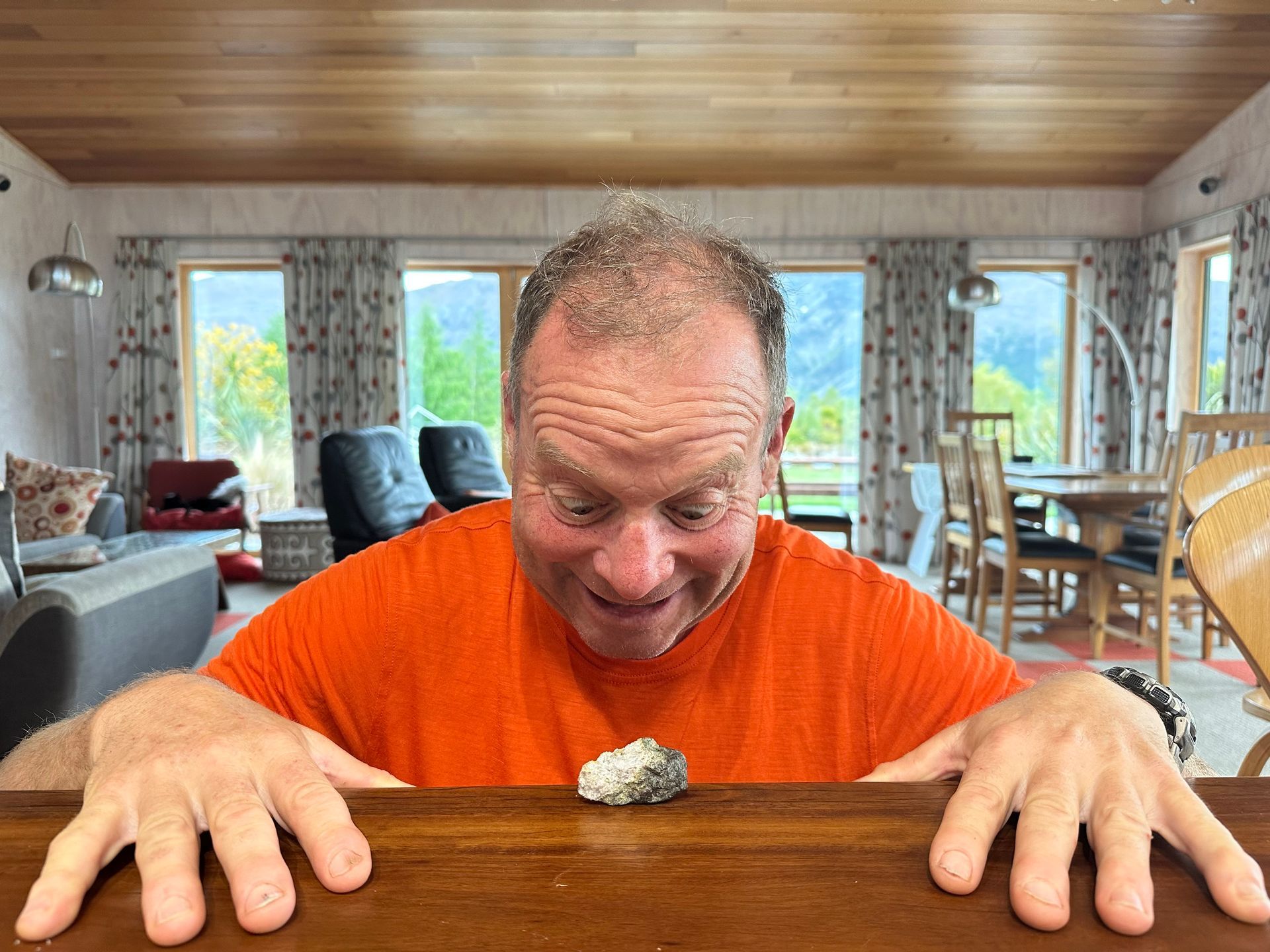Vaccine races
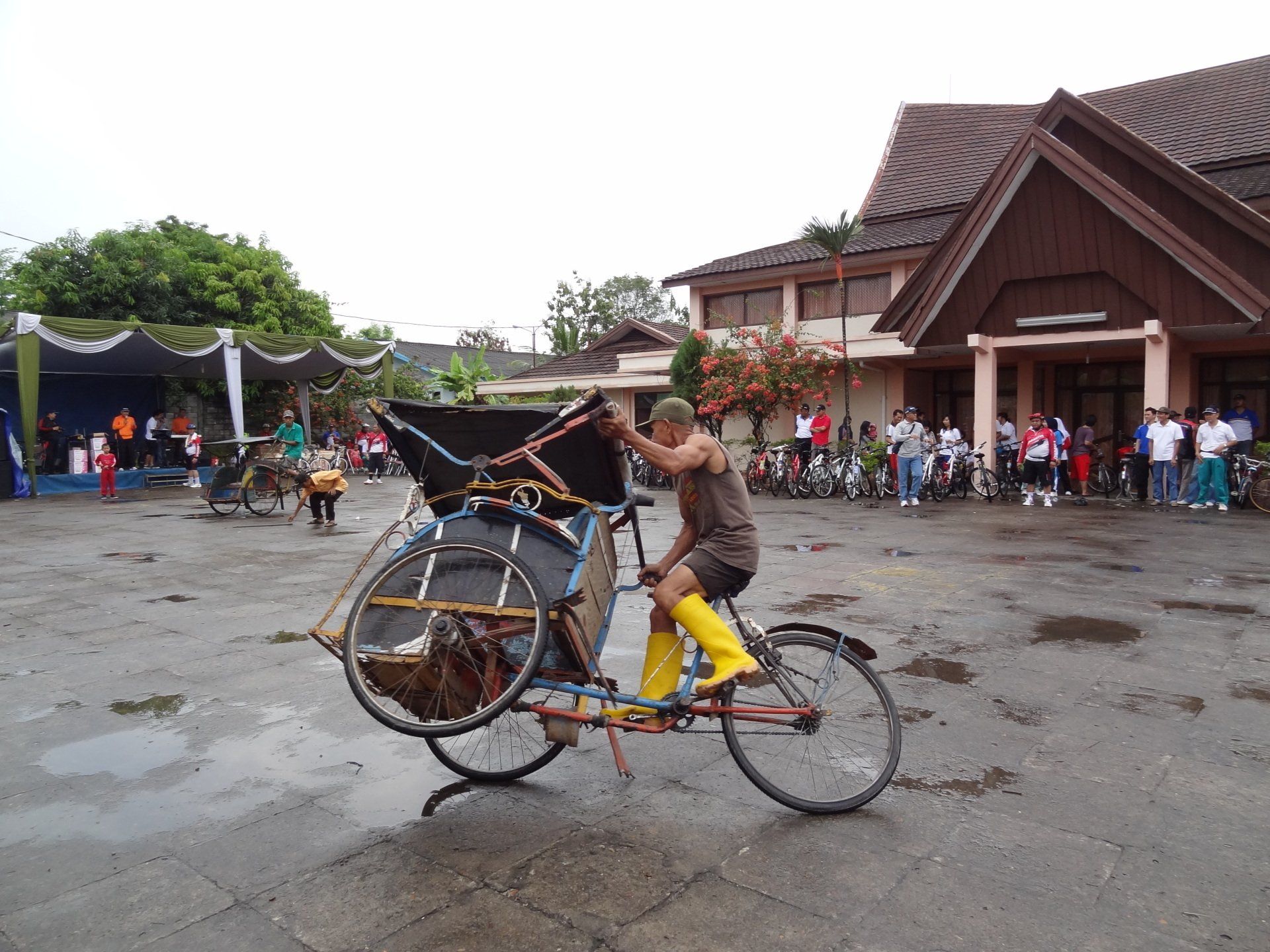
Vaccines are coming up to the top of everyone’s minds again as we contemplate the length of the COVID-19 road ahead – it’s starting to feel more like a marathon than a sprint. As long as people are getting widely infected and sick as a result, COVID-19 will be a big issue. Our treatments for seriously ill people have improved, and will improve further, but getting sick isn’t desirable and lots of sick people are a weight on the health system. To be able to stop the disease before it starts requires a vaccine. I had a look at at progress on vaccines on April 4th and June 17th , how far have things moved since then?
There has definitely been action in the vaccine space and here is a good place to watch the action as it continues. In April there were around 70 vaccines in development, in June there were around 120, now there are over 200 being worked on. In April the most advanced vaccine was at Phase 1 and in June there were three Phase 3 trials planned. There are now three vaccines which are being used in a limited way, without full testing. One is from Russia (also in Phase III trials) and two are from China (one of which is in Phase III clinical trials). There are an additional seven vaccines in Phase 3 clinical trials i.e. at the trial step that precedes commercialisation. I have described these 10 vaccine prospects below.
As we are repeatedly told, vaccine development is preceding at a previously unheard of pace – it is common for vaccines to take 10 years or more from the start of work to commercialisation. However, it is also worth noting that the early bullish that there would be evidence of vaccine effectiveness by September seem to be fading, to provision of evidence by late this year or early next year. The positive news to date is only that vaccines induce formation of antibodies. As yet we do not know how many antibodies are required to confer immunity and if this is being achieved.
One major slow-down with trials is that people have to be recruited to them – this can take a lot of time because people appropriate to the trials have to be found and signed up. Not everyone is eligible, as drug companies generally only want to test on low risk people i.e. healthy young males (because they can’t get pregnant and then sue for damages to their subsequent children). I was quite disturbed when I discovered through my work that few drugs we are routinely prescribed are tested on women and almost never on women of child bearing age. Wider testing takes place in Phase IV, which is the use of the drug post release!
The Russian (Sputnik-5) and Chinese vaccines were not Phase III tested prior to starting roll-out, which should be disturbing if you are a person receiving the vaccine. The point of the clinical testing regime is to ascertain whether a vaccine (or other medical intervention) is both safe and efficacious. If you get a vaccine that isn’t efficacious that isn’t so good, as you might expose yourself to disease thinking you are protected when you actually are not protected. However, getting a vaccine that isn’t safe is a whole other level of risk entirely. An unsafe vaccine could make you ill in any of a multiplicity of ways, and could create a long term risk to your health. Moreover, some groups of people may be more vulnerable to adverse effects from a vaccine and early testing is only on young, healthy individuals and is only short term.
Sputnik-5 (Russia) is based on a cold virus with a COVID-19 spike protein attached. It has apparently been tested on only 76 people , where a Phase III trial would test on tens of thousands. Results of Sputnik-5 trialling to date have not yet been released so we don’t know how it performs. It will be given to medical personnel in August and supposedly more broadly released in October, including through a Phase III trial in the Philippines. Because the vaccine is based on the common cold virus to which some people have high levels of immunity, there are concerns that many people may not develop immunity to COVID-19 through being exposed to the vaccine.
SinoPharm (China) has two trial vaccines using inactivated COVID-19 virus. SinoPharm are proposing Phase III testing in Peru and Morocco (it is not clear whether for one vaccine or both) and have embarked on testing in the UAE as well as having a Phase III trial underway in China. At least one of their vaccines has already been released for use by offshore state owned enterprises; it is reported that China has given the vaccine to mine workers in Papua New Guinea. The vaccine’s Phase I and II trials indicate the vaccine is safe (only 15% of people receiving it had adverse reactions!) and induces antibodies against COVID-19. There is no good evidence so far, however, as to whether it will confer immunity or not.
CanSino ‘s vaccine (also based on a cold virus with a COVID-19 spike protein attached, and therefore with the same immunity issue as Sputnik-5) hasn’t yet reached Phase III trials but is already approved for use by Chinese military after completing Phase II trials. 508 people were tested and 85% of them produced antibodies and T-cells within 14 days, although 85% of them also had adverse reactions (the majority were not serious).
University of Oxford/AstraZeneca ‘s vaccine contains the genetic code for the spike proteins attached to a chimpanzee virus, with the goal being to trigger an immune response to the spike protein, avoiding the issues related to using the common cold virus as a carrier. Australia has secured access to this vaccine , including the right to manufacture onshore and New Zealand is potentially hoping to access the vaccine through Australia (though we would be at the back of the queue, one assumes). The Oxford vaccine was found to be safe and induce antibodies in Phase II trials but people are still being recruited for its Phase III trials in Brazil. Earlier this year it was hoped there would be significant results from trials this year, now the proposed date is by early next year.
BioNTech/Fosun Pharma/Pfizer are using messenger RNA to get the body to produce a COVID-19 spike protein and then react to that protein. This is a whole new type of vaccine , creating manufacturing challenges. The companies had four candidate vaccines which they have narrowed to one on the basis of safety, as well as efficacy. BioNTech are recruiting for a Phase III trial of their lead candidate in the USA, Argentina, Brazil and Germany. They have shown their vaccine is safe and elicits an antibody response in older people (as well as younger people) – one of the first reports of testing on the elderly population.
Moderna/NIAID works in the same way as the BioNTech vaccine candidate. Moderna started enrolling patients for Phase III clinical testing in the USA in late July, after finding that the vaccine is safe and induces antibodies in mice (it didn’t do early tests on people). It has also tested the vaccine on eight rhesus macaques and exposed them to COVID-19; seven of eight macaques receiving the vaccine were not infected two days after exposure to COVID-19. All eight macaques given a placebo became infected.
SinoVac ‘s vaccine is based on inactivated COVID-19 , a traditional vaccine approach (which means it would be more straight forward, but slower to manufacture, than some of the new approaches). Phase II trials have started in Indonesia and have demonstrated safety and immune response. Sinovac is planning Phase III trials in Brazil, Turkey, Bangladesh and Chile.
University of Melbourne (Australia) Bacillus Calmette Guerin are testing live attenuated TB vaccine in a Phase III trial. This is based on evidence that the BCG vaccine, which has been in use for 100 years , protects people against respiratory infections.
I wonder how concerned we should be that so many COVID-19 trials are taking place in countries with poorer health care systems and fewer financial resources – Brazil, Indonesia, Phillipines, Peru, Morocco, Papua New Guinea, Bangladesh. John Le Carre’s thriller, the Constant Gardener , features a murder related to wrongdoings of a western pharmaceutical company testing medicines in Africa, supposedly based on an actual trial undertaken by Pfizer in Kano, Nigeria.
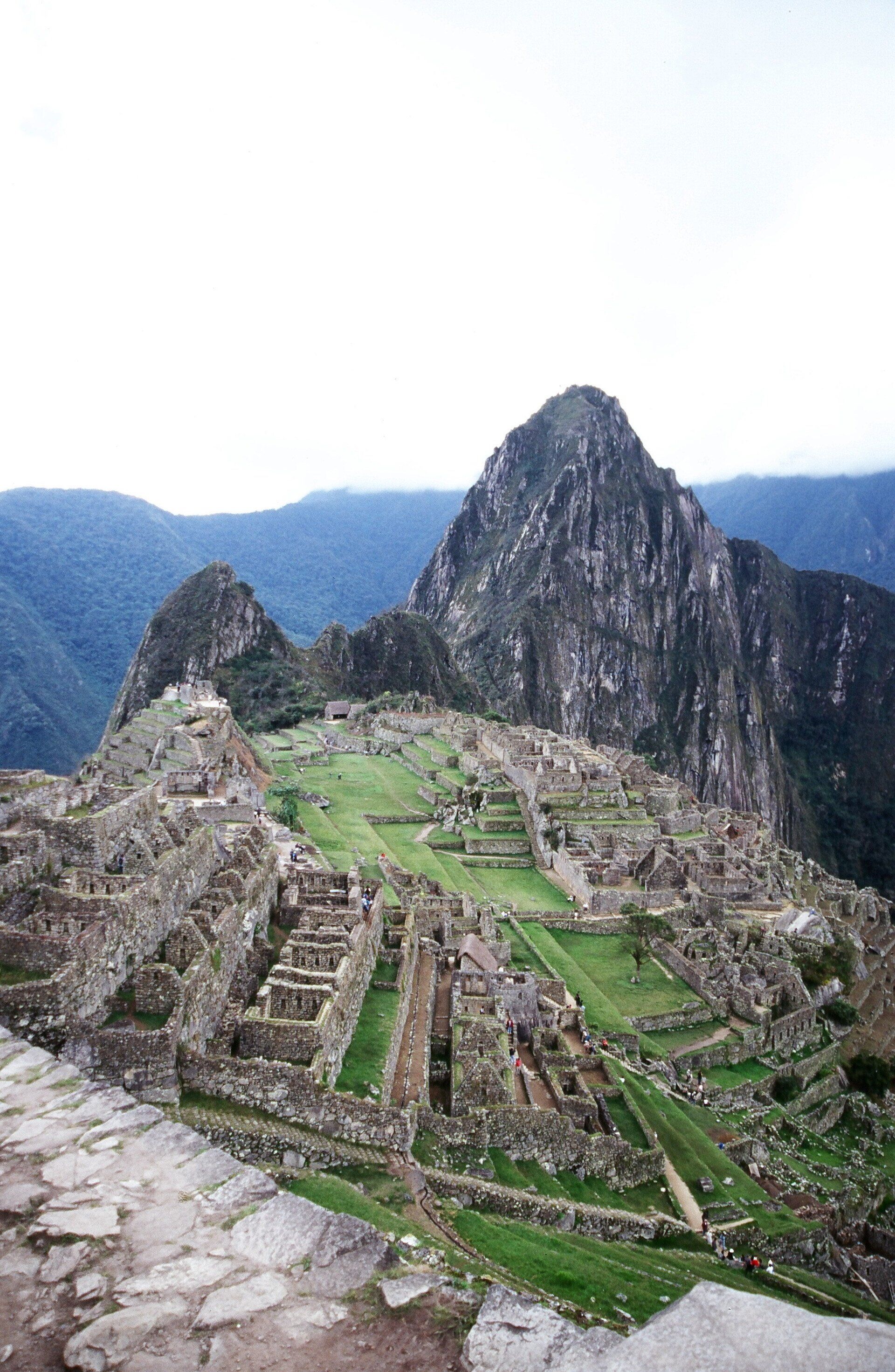
At one level, testing drugs or vaccines in developing countries makes a lot of sense. We need vaccines to be trialled in places where lots of people are getting sick to see if the vaccine works well (it is not considered ethical to deliberately infect people to see if vaccines work). Vaccines also need trialling in places with populations that are large enough that tens of thousands of people can be recruited to create meaningful trials. There is a huge incentive for developing/poor countries to allow trialling, because it gives them leverage in accessing vaccines should the vaccines be successful. These countries don’t have the money or resources to develop their own vaccines so they are going to need to piggyback on the capabilities of those countries who have such resources. They are also not going to be able to afford to buy vaccines at the prices that will be charged in the western world, they need to acquire vaccines cheaply. The stock in trade of such developing countries thus becomes people.
The countries in which vaccines are trialled will be reliant on the ethical and legal frameworks around the companies who are conducting the trials. I am not going to start expounding on the generalised ethics of different countries, but there are certainly some countries I wouldn’t want in charge of any trial that I might be involved in. Countries that spring to mind would be those who deliberately manipulate information related to the elections of other countries, to change voting outcomes. Or countries who suppress and ‘reeducate’ large tracts of their population who are disadvantaged by the current regime.
New Zealand is not immune to the need to gain access to vaccines; our country is likely to be well down the international queues for the limited supplies of vaccines early on. While we have relevant expertise, we don’t have the scale of resources to expend on multiple Phase III trials and we have no current vaccine candidates of our own that have a head start on development. New Zealand has allocated $37 million towards accessing a vaccine. This is quite laughable – there are various estimates of the cost to develop one vaccine, which range between USD500 million and USD5billion (some estimates include the costs of all the failed attempts)! Perhaps, given the holes that are appearing in our healthcare system, we should be thankful that we don’t have the scale of population that might make us of interest for vaccine trialling by offshore jurisdictions – we won’t be led down that path of trial temptation!
